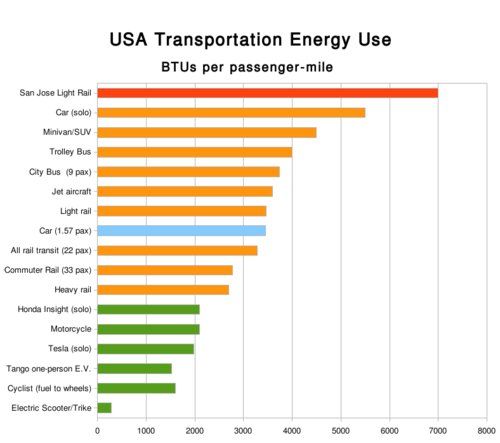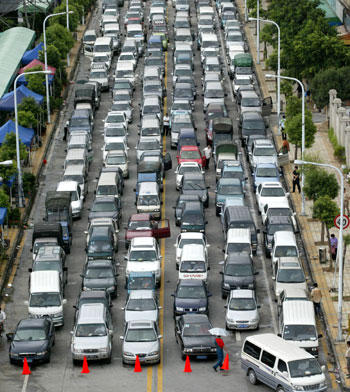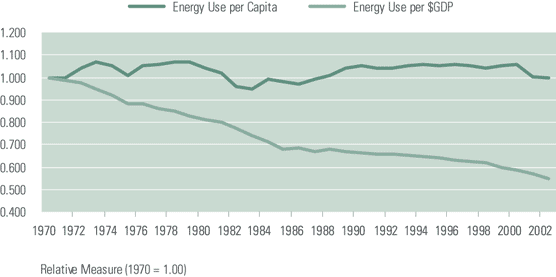The Ultimate Lottery Ticket
A government job can be a great deal. Likely it pays more than a comparable private job, it's generally impossible to get fired from, and it has outrageously good medical and pension plans. And, if you don't shy away from a bit of perjury, can be made to pay off spectacularly:
During the workweek, it is not uncommon to find retired L.I.R.R. [Long Island Railroad]
employees, sometimes dozens of them, golfing there. A few even walk the
course. Yet this is not your typical retiree outing.These
golfers are considered disabled. At an age when most people still work,
they get a pension and tens of thousands of dollars in annual
disability payments "†a sum roughly equal to the base salary of their
old jobs. Even the golf is free, courtesy of New York State taxpayers.With incentives like these, occupational disabilities at the L.I.R.R. have become a full-blown epidemic.
Virtually
every career employee "†as many as 97 percent in one recent year "â€
applies for and gets disability payments soon after retirement, a
computer analysis of federal records by The New York Times has found.
Since 2000, those records show, about a quarter of a billion dollars in
federal disability money has gone to former L.I.R.R. employees,
including about 2,000 who retired during that time.
97 percent? Wow! And just to demonstrate that year was not some kind of outlier:
In each year since 2000, between 93 percent and 97 percent of employees
over 50 who retired with 20 years of service also received disability
payments.
The article goes on to demonstrate that this is occurring at what appears, from the injury statistics, to be one of the safest railroads in the area. Say what you will about the NY Times, but when they get their teeth into local corruption they can still do a masterful job, as evidenced by this long article discussing many apparently ridiculous payroll situations at the LIRR.
I can say from experience that there is a group of people in this country for whom getting a lifetime disability payment (e.g. from the Social Security Administration) is as good as hitting the lottery. I remember one time I got a survey form from the SSA asking about a former employee. I didn't pay much attention to the form's purpose as I filled it out -- I get all kinds of such government wastepaper with breathless admonishments about the urgency of my reply. Anyway, about 2 weeks later I got a very threatening letter from the attorney for this former employee, threatening me with all kinds of dire consequences if I did not immediately retract my (honest) answers to the SSA inquiry. Apparently, I was endangering a lifetime disability determination that this person had been working on obtaining for years.
Every day, in fact, I get job applicants who try to cut deals with me of one sort or another (e.g. can you pay me under the table in cash?) because they say they are fully able to do outdoor maintenance work but they can't show any income because it might endanger their lifetime disability payments. In a similar vein, I have three cases I know of in my company today where workers filed workman's compensation claims of injury several days after they were terminated.
I've said it before, but the reckoning is coming on state and local government pensions, which in most cases are unfunded, undisclosed liabilities of startling magnitude. The disaster that is fast approaching in these state and local government finances will make Social Security's problems look pitiful by comparison.
Postscript: Railroad labor law is just weird and a total mess. Being the first major industry, and the first major industry that was regulated, a whole regulatory structure was put in place for railroads that (fortunately) has been applied to few other industries. Whatever the problems we have with state workman's comp programs, they are models of governance compared to how things work in the railroad industry.
For example, I remember when I worked for a railroad in the 1990's, carpel tunnel claims were common. By the nature of the comp system, workers got cash payments for injuries in addition to medical treatment (I recall a figure at the time of $7500 per wrist for carpel tunnel, but that may be off). It was a common piece of advice among railroad workers that if one wanted to get the money together for a down-payment on a new pickup truck, one only had to go to Dr. X or Y and get a carpel tunnel diagnosis.




